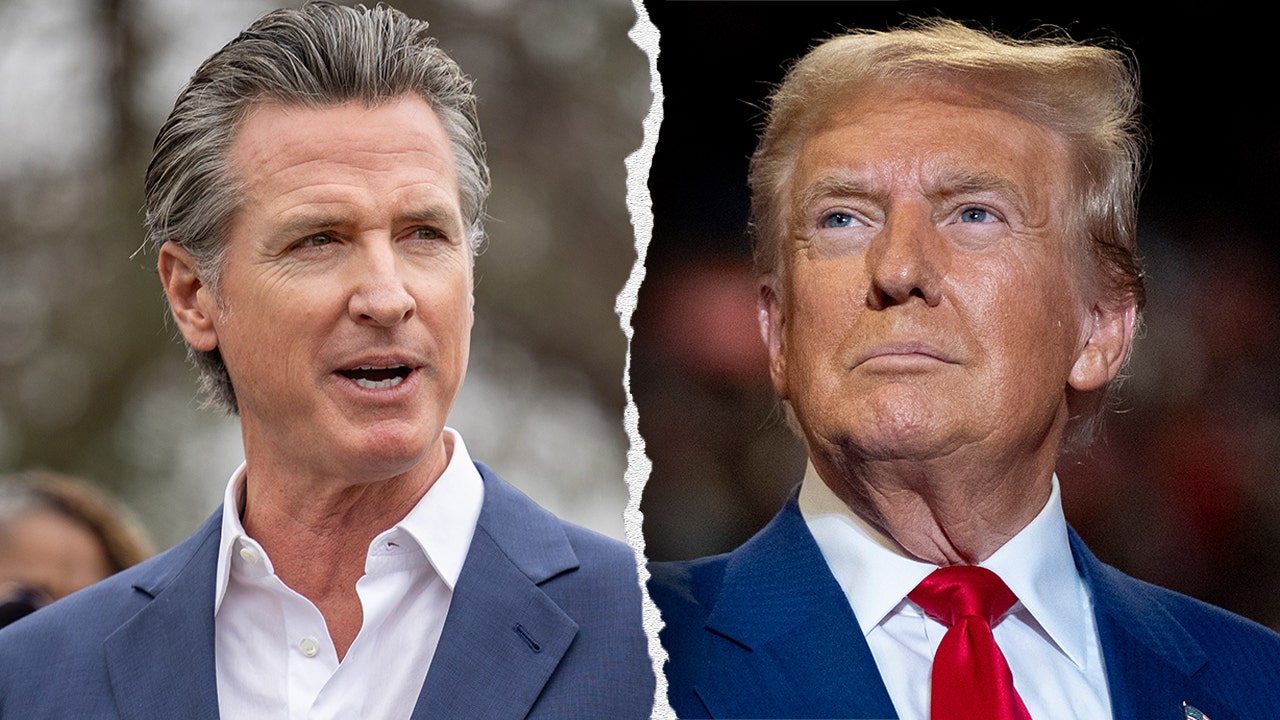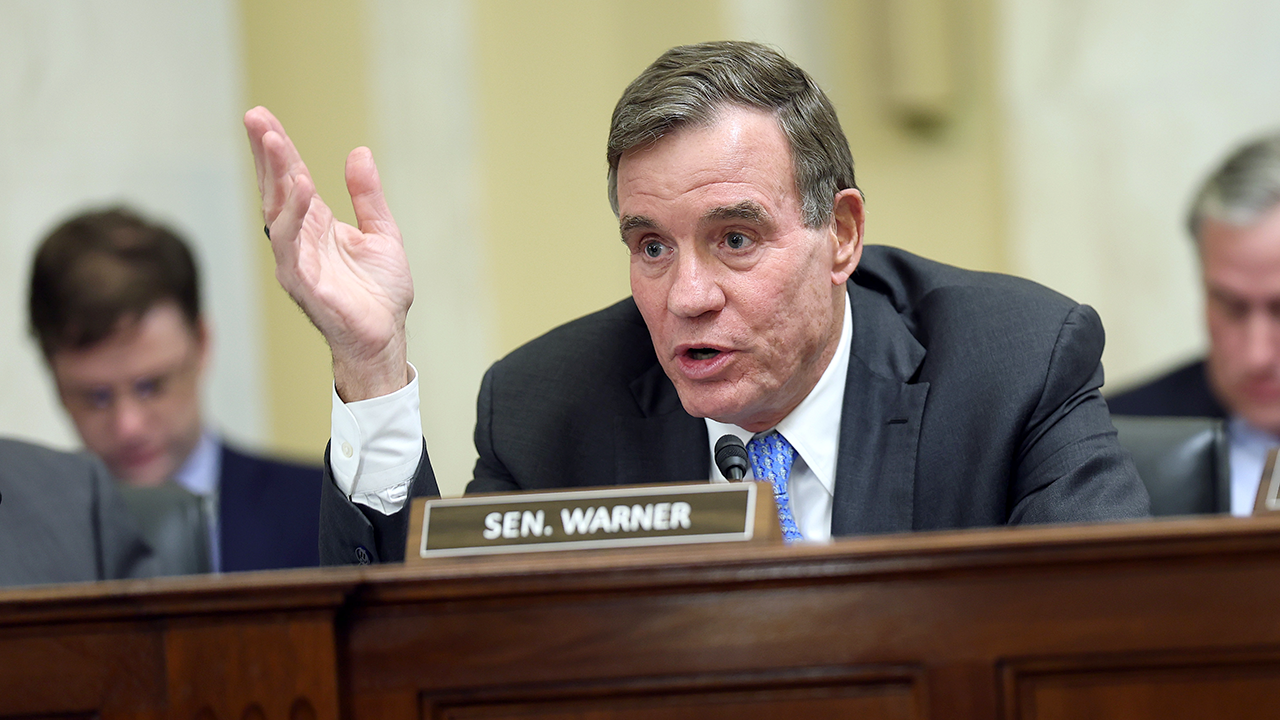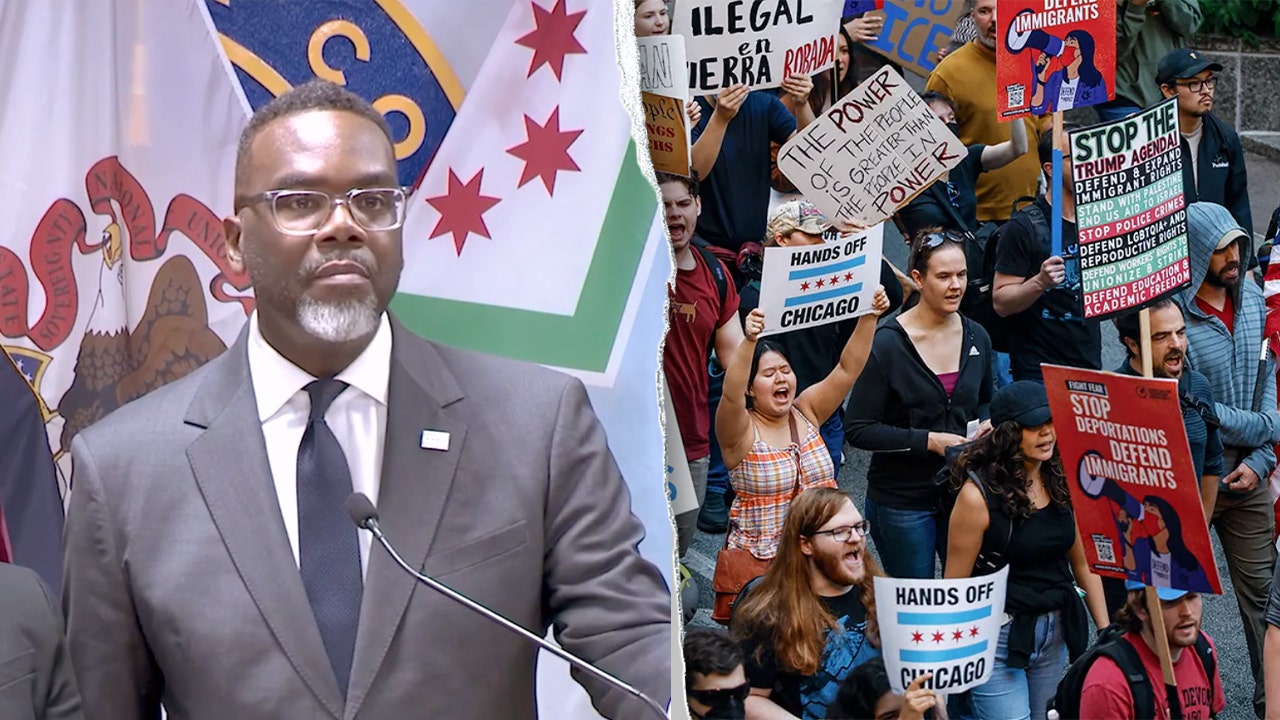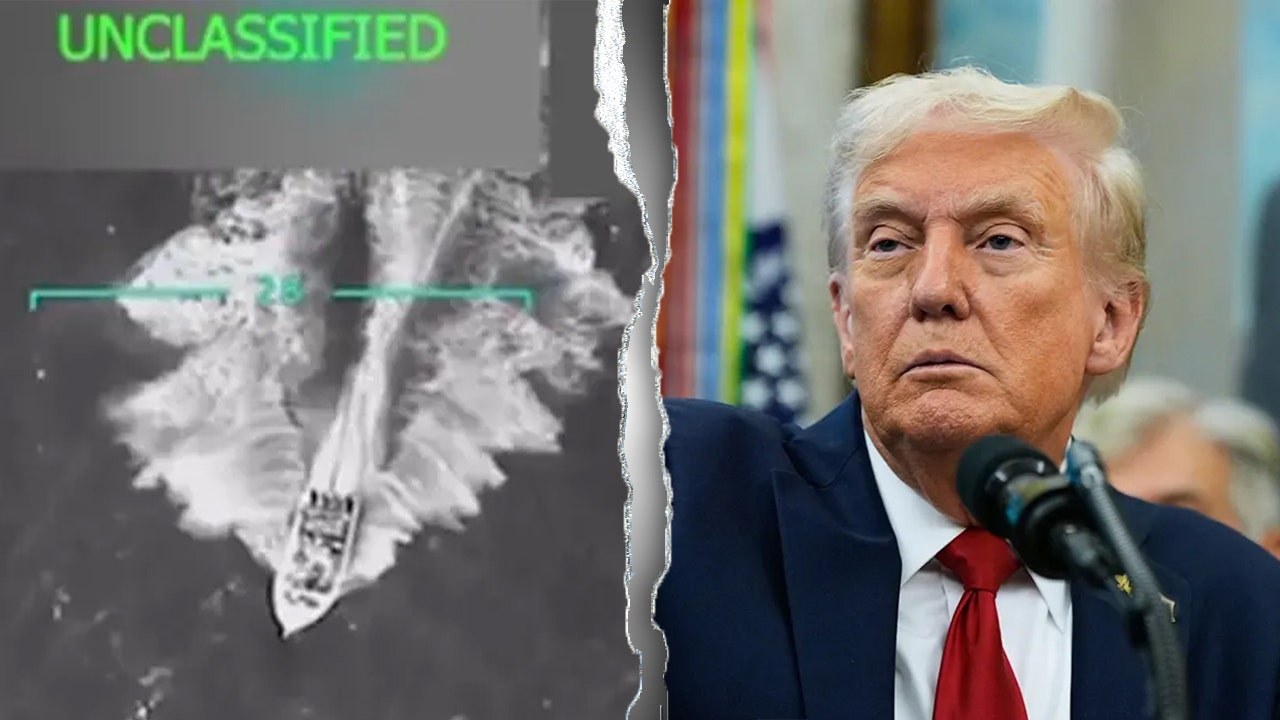Gov. Gavin Newsom raising California flags to full height for Trump inauguration

California Governor Gavin Newsom has made the decision to temporarily raise the American flag to full height at the state Capitol on Inauguration Day next week, aligning with a small group of Republican officials who have also chosen to do so. This move comes in the midst of flags being flown at half-staff across the country to honor the passing of former President Jimmy Carter on December 29, 2024.
The tradition dictates that flags raised to full height will be lowered back to half-staff on January 21, marking the end of the 30-day mourning period for President Carter. This date falls eight days after President-elect Donald Trump is set to be inaugurated into office.
Governor Newsom’s decision has garnered attention as he is the only Democratic governor to issue such a directive. This comes at a time when Southern California is facing devastating wildfires, adding significance to the symbolic gesture.
Joining Newsom in this decision are several Republican governors including Brad Little of Idaho, Kelly Armstrong of North Dakota, Ron DeSantis of Florida, Kay Ivey of Alabama, Bill Lee of Tennessee, Kim Reynolds of Iowa, and Greg Abbott of Texas. Additionally, Republican House Speaker Mike Johnson has also ordered that flags at the U.S. Capitol fly at full-staff for Trump’s inauguration.
Former President Trump has expressed his disapproval of the potential for flags to be displayed at half-staff during his inauguration, citing the Democrats’ purported delight in the situation as a sign of their lack of patriotism. Trump has emphasized his commitment to making America great again and has criticized the state of the country during the past four years.
Notably, flags were flown at half-staff during former President Nixon’s second term inauguration in 1973, following his order to lower the flags in honor of former President Truman’s passing.
In conclusion, Governor Newsom’s decision to raise the flag to full height on Inauguration Day adds a unique element to the traditional observance of the 30-day mourning period for a former president. The political implications of this gesture underscore the divisions and tensions within the current political landscape.




